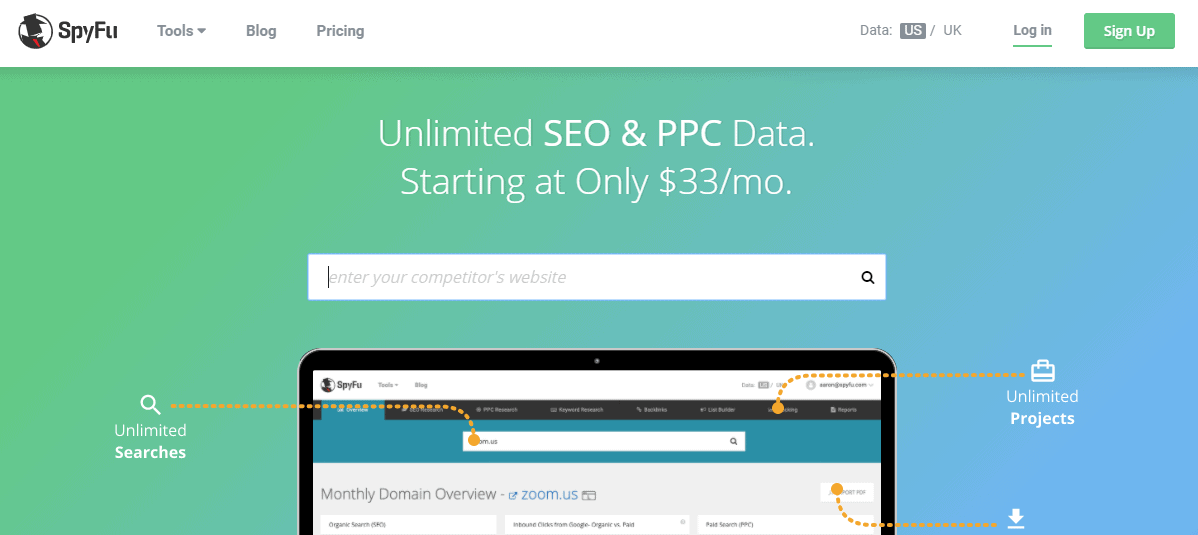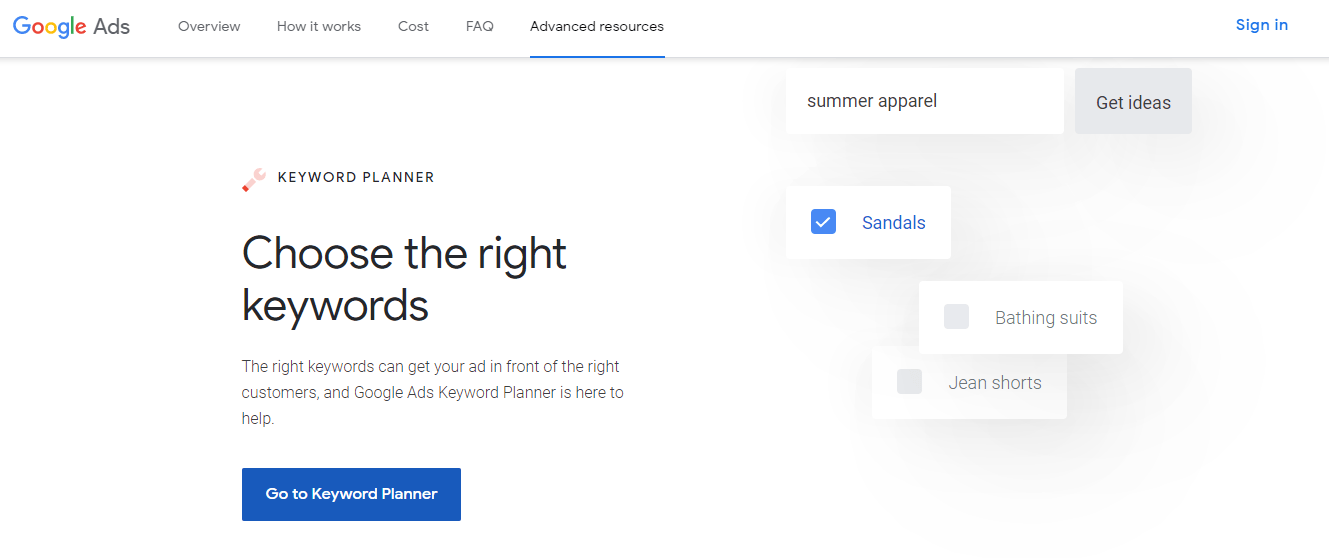These days everyone is on the internet, and millions of people search it looking for products, services, ideas, tips, hobbies, sports, concerts, and well, everything. Anything that you can think of can be found online.
As a #website owner, you need to be aware of what you are offering, how it can help your #visitors, what value does it have, and how your visitors search for it.
This includes knowing what devices they are on, what keywords they use, their demographics, and lots of other factors you can use to divide segment visitors.
What is search engine marketing?

Now, search engine marketing (SEM) is a digital marketing strategy that is used as a way for you to show your ads to customers that are searching for a related product or service. You set your budget for the ad campaign and then you decide how you will be charged (for example, it can be once an ad is clicked on or for every impression). You can also set to pay for each ad that results in visitors.
This helps increase the visibility of your website but can also serve as a fast way to drive traffic to it.
The trick with these ads is that you want to position them in the optimal place, such as among the top few results where they will be highly visible. Also, most customers only click on the first few results, so you want to make sure you get their attention. However, that is where the competition is quite fierce as everyone is aware of the importance of the first few results and everyone wants to be positioned among them.
In short, this is how it all works:
First, people look for a product or service by entering a keyword(s) in a search engine. Then the search engine shows them the results which include your ad if it is targeting that keyword(s). Finally, people can click on the ad which will lead them to your product page, landing page, or something else (depending on what you decided to link the ad to).
The main advertising platform used is Google Ads as Google is also the most popular search engine which consists of two networks: Google Search Network (websites owned by Google) and the Google Display Network (YouTube, Blogger, and Gmail).
There are other platforms as well, such as Bing Ads where competition and prices are lower so it might make more sense to advertise there. It all depends on your analysis of your audience, competitors, and customer behavior.
What are the costs?

The costs are basically in your hands, so we advise you to first analyze your financials and create a budget for the ad or ad campaign. That way you have a clear idea of what you can spend on advertising. Then you can proceed to create the ad or ad campaign.
The good thing is that you can set to be charged only if someone clicks on your ad which, in turn, takes them further down the sales funnel. This is known as cost per click.
Cost per thousand impressions (CPM) is the cost of paying for an ad each time it is shown. What strategy you decide to use depends on your goals for each specific ad.
Effective strategies

The core idea of digital advertising is that users enter search words/keywords into a search engine. Then, by matching these keywords with your ad campaign your ads appear to a particular user. However, other advertisers are also using the same keywords as you to show their ads, which leads to competition. This is where keyword bidding comes into play.
The amount you bid on the keywords you have chosen is what helps elevate your ad above other ads.
When creating ads, you should also target customers that are relevant to your business. You can choose a city, country, or show ads worldwide. You can also set the time when to display your ads, to users on which devices, etc. This way you can reduce your spending, and not waste your money on uninterested users.
You also need to be careful with the text and images you will show as these also affect the user’s decision to click on an ad. Nevertheless, you still need to make the ad visually appealing, attractive, and attention-grabbing.
After your ads have been running for some time, you can analyze the statistics, reports, and the success of your ad campaign and see what keywords and strategies work the best. Once you have done that, you can change your targeting or use other tactics to optimize your campaigns.

A/B testing is another good strategy to implement. Using it, you can test your landing pages to optimize your spending, increase your Quality Score, and reduce your cost per click.
You can also test your ad’s title, headline, the first or second line, and the display URL. These factors are important, and you need to know which version of them is more successful.
How does search engine marketing work?
SEM uses algorithms to ensure relevant results are shown for each search. Sponsored and paid ads appear at the top and on the side of the search engine results pages.
But before launching your ad campaign, you need to define an effective SEM strategy, your target audience, their needs and motivations, select the right keywords, optimize the content on your site, add quality links, and only then you can do your best to create an effective ad campaign that will bring in paying customers.
What tools to use?
There are tons of tools that can help you with your search engine marketing. Some tools help you analyze and find the best keywords to use for your products or services, some let you see what your competitors are using, some show you what sites are ranking for your keywords, and so on.
Now, we will list a few tools that we think are worth checking out.
1. SEMrush

SEMrush is a great tool that lets you check what sites are ranking for your keywords. With this tool, you can do great backlink analysis, see how your site looks on different devices, and improve your organic search traffic.
You get an audit of your site’s SEO performance and a report on what should be improved. You also get recommendations on how to optimize your content, analytics reports, and lots more features.
All in all, it is a good tool that will help you with your overall marketing strategy, not just search engine marketing.
2. SpyFu

SpyFu is a tool that analyses your keywords. With it, you can improve your Google Ads campaign and your SEO strategy. It analyzes your website’s traffic, shows you what keywords your competitors are using, what they are doing right, and what they are doing wrong.
You can see the campaign history of your competitors and the results of their split tests. Also, there is a PPC negative match recommendation feature using which you can scan your account for costly keywords that your competitors tried and failed at.
In a nutshell, this is quite a useful tool you can use to improve your ad campaigns.
3. iSpionage

iSpionage is a tool that focuses more on PPC to help you boost your ROI. With it, you get an insight into your competitor’s keywords and their ad budget. It is an easy-to-use tool that analyses your competitors, check their PPC keywords, SEO keywords, and landing pages snapshot.
It also helps you optimize your strategies by allowing you to see what others did wrong or right, benchmark yourself against them, and compare your niche or industry. On top of that, it also provides you with a user’s conversion journey.
4. Google Ads Keyword Planner

Google Ads Keyword Planner analyses the clicks, costs, impressions, and conversions of your campaigns so you can reduce your PPC costs. With it, you can create an ad with text, keywords, a map, company info, links, and more details and its algorithm will define a budget that will be consumed after a user clicks on the ad.
You can pay per impression or acquisition.
There are many more tools you can use, such as Wordtracker (keyword tool), CPC ROI calculator (determines your ROI for your pay per click campaign), or Google’s TrafficEstimatorService (estimates the overall number of clicks on your ads and bid prices for top ad positions).
Conclusion
As you can see, search engine marketing has a lot of components and all of them need to be optimized before you can start bidding for the right keywords and have your ads appear at the top of the search engine results pages.
Remember, competition is fierce so you must constantly monitor and analyze both your ad campaigns and your competitors for the best results.